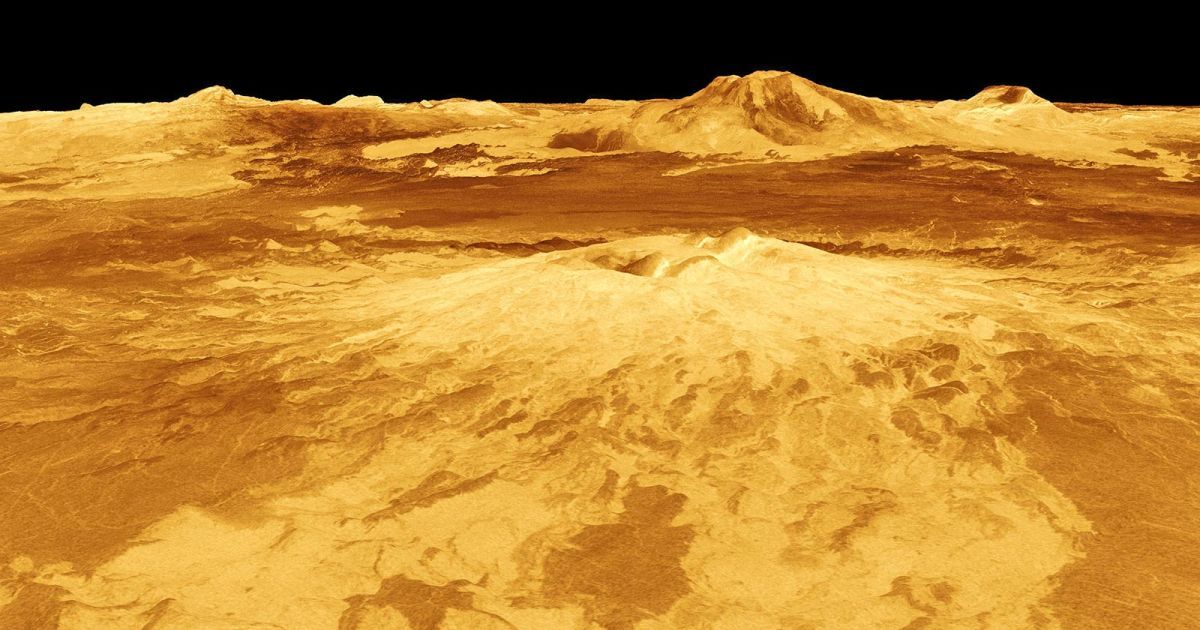Planetary scientists Paul Byrne and Rebecca Hahn of the University of Washington have created the most complete map of Venus, which includes 85,000 volcanoes.
This is stated in a publication in the specialized publication JGR Planets.
The created map is based on data collected by NASA's Magellan mission, which orbited Venus from 1990 to 1994 and used radar to study the surface of the second planet from the Sun.
The researchers reported that 99 percent of the volcanoes they mapped were less than 5 kilometers in diameter and had previously been overlooked by researchers.
Photo: JGR Planets
At the same time, the research team suspects that there are many more volcanic structures on Venus, but the radars of the spacecraft in the 1990s did not allow to record smaller objects.
NASA recently delayed until at least 2031 a follow-up mission to Venus that would allow for a more detailed map of the surface.
Scientists say the new public map will give scientists access to a huge database to understand Venus' volcanism and help determine where the next active lava flow might be.
The study offers the most complete information to date on the volcanic characteristics of Venus, and possibly the volcanism of any other planet.
Despite our extensive knowledge of volcanoes on Earth (the number of potentially active ones is about 1,350), many of them have yet to be discovered, because they are located under the oceans.
On Venus, they are all volcanic structures available for inspection on the open surface.
We will remind you that NASA's jet propulsion laboratories are working on preparing a mission to Venus, where the spacecraft will have to "survive" in conditions of extreme temperatures and atmospheric pressure of the planet.
Read also:
World news
War in Ukraine
News of Ukraine: video
